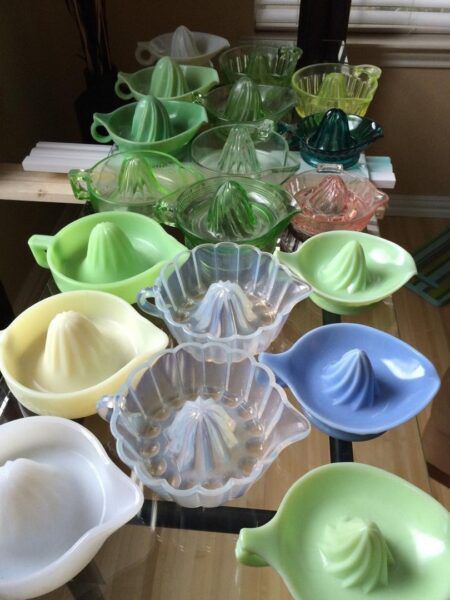#S.O.S #Surplus #Stuff #Kitchen #Glassware #WorthPoint
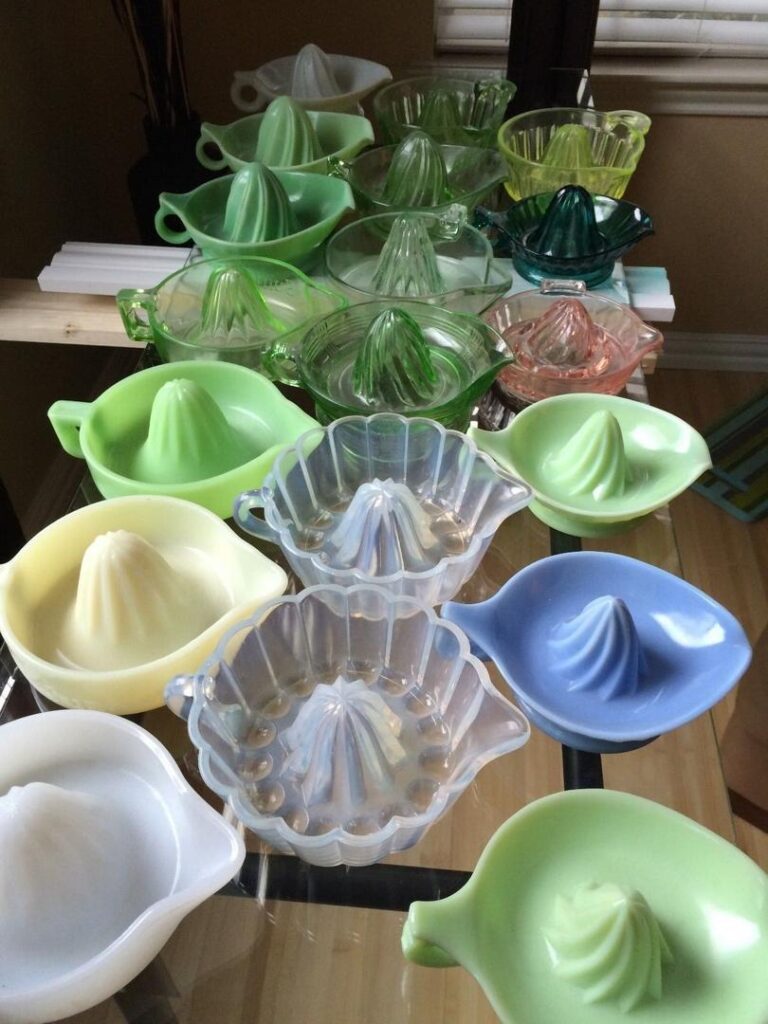
As we approach the holiday season filled with turkeys, crown roasts with little paper socks, fruitcakes, and cookies, we also approach the time of the year when we spend the most time in the kitchen and may start to encounter S.O.S. (Surplus Old Stuff): Kitchenware. This S.O.S. category is so expansive that I am breaking it into subcategories, starting with S.O.S. (Surplus Old Stuff): Kitchen Glassware.
From Early American Pattern Glass to Simon Pearce
I have yet to meet a kitchen that does not need some trimming of excess small appliances, tools, metalware, plasticware, and, of course, glassware. What glassware do we find in a kitchen? Included is everything from clear glass items like drinking glasses to the opaque variety, such as Pyrex and Jadeite. I am not including crystal since I have covered that in S.O.S. (Surplus Old Stuff): Crystal. Natch, some of these glass categories are super collectible, so let’s cover those first.
As a rule of thumb, some of the more valuable old glass in your kitchen are likely the more interesting and colorful pieces. If you have a cabinet full of clear drinking glasses in every size under the moon, chances are these have little value unless they were made by a contemporary specialist in clear glassware like Simon Pearce.
As for colored transparent glass, if you’re unsure how old it is, you should double-check that it is not one of the sought-after categories of glassware like EAPG (Early American Pattern Glass) or Depression glass. How can you tell? Most EAPG glass will look and feel old; it was manufactured in such a way that edges came out more rough than sharp, and visually, it often has a wavy or dense look. Truth be told, it’s unlikely you have EAPG in your kitchen, although you might find some in your china cabinet. As for Depression glass, this glassware appears a bit more finished and clear than EAPG, and it is also known for its trademark colors of pink, green, etc.
Jolly Green Glassware
Speaking of green glass, both green and cobalt blue glass are consistently desirable in the secondary marketplace. Collectors and decorators enjoy these cool glass hues if only to display on a windowsill to catch the light appealingly. Some green glass may be Vaseline glass made with radioactive uranium—hold a blacklight to these wares to see if they glow their telltale fluorescent green hues. There has been a renewed interest in Vaseline glass with younger collectors over the past few years; it is so popular that you can even buy bags of broken Vaseline glass shards online. Another classic green glass, Jadeite, never goes out of style. Just be mindful of both vintage Jadeite and contemporary versions that are still being made today by brands such as TableCraft.
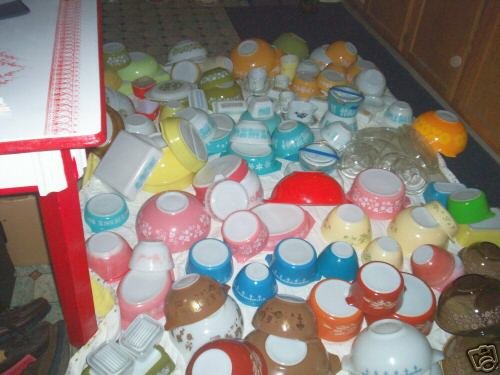
While vintage Pyrex glass is not quite as popular today as it was five or ten years ago, it is still desirable and often worth holding onto. If you have bowls in a less popular pattern like Old Orchard, keep using them, as they are handy for baking and mixing. Just be careful to hand-wash vintage Pyrex, as the outer patterns and colors are known for fading in the dishwasher. If you’re unsure of your Pyrex pattern, do a quick online search to ensure you don’t have some of the scarcer patterns like Lucky in Love or Pink Stems, which you should display (and not use) or resell.
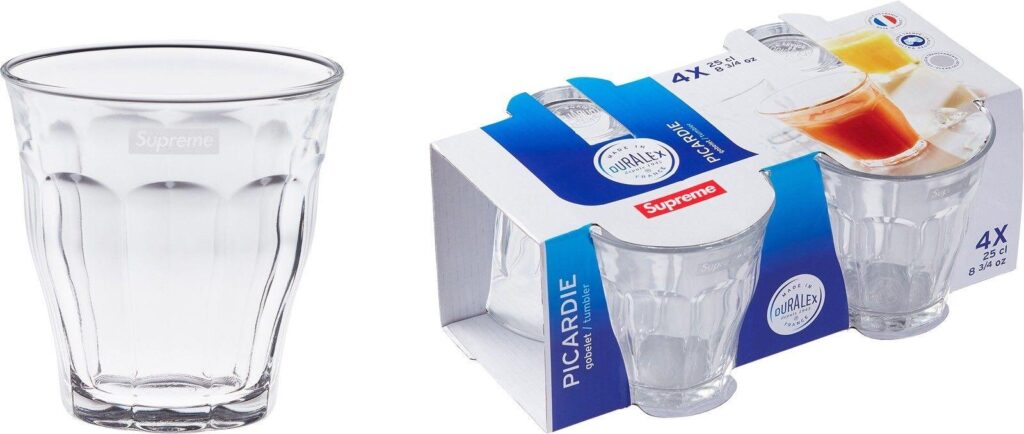
Clearly Little Value
As for clear glass, while most of it has little value, you may as well flip it over to check for a mark on the bottom. The most common marks you’ll see are a capital “F” in a shield for Federal Glass, an anchor symbol for Anchor Hocking, and the embossed brand FireKing. One of my favorite clear glass brands is Duralex from France, which you can procure both vintage and new in stores today. Duralex glass lasts forever without chipping. Overall, some of these clear glass brands are worth more than others, but generally, none will break the bank. If you need to pare down your masses of glasses, read on for help.
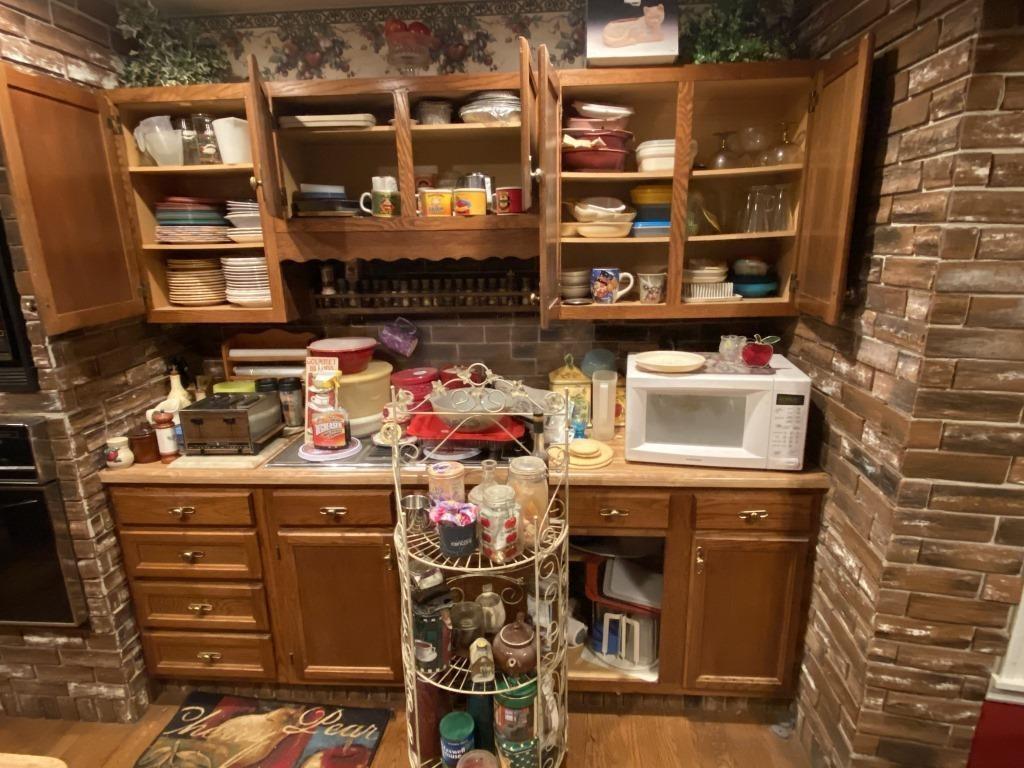
10 Steps for S.O.S. (Surplus Old Stuff): Kitchen Glassware
- Empty out all your glassware, à la Marie Kondo, putting everything together on a big counter or a table.
- Check for chips and cracks, and dispose of these items. Not only do they not have any value, but they are also dangerous.
- Gather all the clear glass into one area. Check for marks such as Anchor Hocking and Duralex; those may be worth selling or saving.
- Gather all your colored and opaque glass into another area. Double-check cabinets under the sink and in the mudroom in case an old glass bowl ended up there as a sponge holder or flower pot.
- Match up your glassware. Nest your Pyrex bowls, put lids on the correct casseroles, etc. Put all your juice glasses together and all your pint glasses together.
- If you have extra items, like lids with no matches, donate them.
- If you have too many of one item, sort some out to donate. Unless you are a Swanky Swig collector, do you really need twelve juice glasses?
- Be careful with the colored and opaque glass, even if you have mismatched sets. Rare Pyrex is notorious for fetching thousands on the secondary market.
- As for the clear glass, little of this has any value. Pare down as needed.
- Donate or sell all the glass you’ve culled, and pop the rest back into your cabinets and cupboards. Chances are you’ve cleared off a shelf or two and now have a clean slate to fill with all the glassware gifts you’ll receive over the holidays!
Amy Moyer is the proprietor of Antmuffin: Art, Antiques & Collectibles. She holds a B.A. in Visual Art from Brown University and lives in Boston.
WorthPoint—Discover. Value. Preserve.

